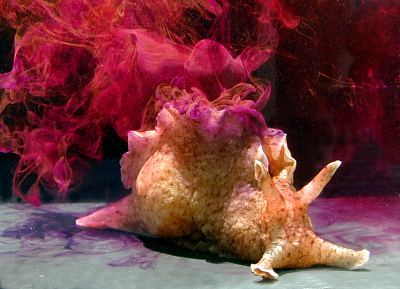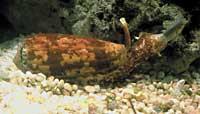An RNA injection manages to transfer memory from one snail to another
2018/05/15 Agirre Ruiz de Arkaute, Aitziber - Elhuyar Zientzia Iturria: Elhuyar aldizkaria

The neuroscientists at the University of California have conducted research that can endanger what we know about memory: With the squids of the species Aplysia californica, cables were placed in the tail and were given several electric discharges. In this way, these animals were sensitized and when they were bitten in the tail, remembering the discharges, they contracted their gills as a mechanism of self-protection. After sensitization of marine bazos, the researchers extracted RNA from their central nervous system and injected it into other marine calms. The result was spectacular: these calm seas were also sensitized as if they had received the memory of electric shocks. Thus, researchers believe that RNA molecules may be involved in the creation of memories that cause a defensive reflection in the snail.
So far it has been considered that long-term memory is preserved in neuronal synapses, and that memories are consolidated as these connections are expanding and consolidating. However, this work published in eNeuro magazine reveals that the synaptic model of memory is too simple. It suggests that epigenetic changes caused by non-coding RNA may also be at the basis of some long-term memories.
The mechanism through which it is produced has not yet been clarified and researchers have stated that they will try to identify which RNA is involved in memory creation.

Gai honi buruzko eduki gehiago
Elhuyarrek garatutako teknologia



